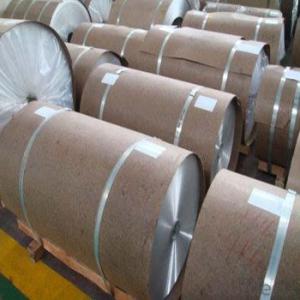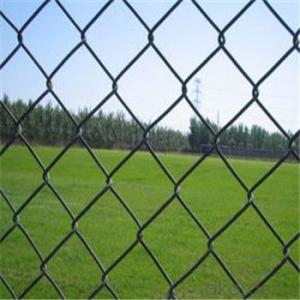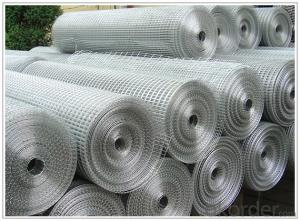Direct Solar Inverter
Direct Solar Inverter Related Searches
Shiny Or Dull Side Of Aluminum Foil For Cooking Inverter For 100w Solar Panel Solar Panel Inverter For Rv Pvc Tiles For Walls Wall Lights For Bedrooms Inverter Ac With Solar Panel Solar Panel With Inverter Kit Solar Panel Kits With Inverter Solar Panel With Inverter Direct Roving For PultrusionHot Searches
Type Of Inverter For Solar Price Of Shipping Containers For Sale Types Of Inverter For Solar Used Sandwich Panel For Sale Bags Of Cement For Sale Pvc Chairs For Sale Tilt Panel Props For Sale Types Of Temporary Side Panels For Cement Deck Cost Of Awnings For Decks Type Of Scaffolding With Pdf Price Of Scrap Stainless Steel Price Of Stainless Steel Scrap Price Of Stainless Steel Type Of Stainless Steel Types Of Stainless Steel Grades Types Of Stainless Steel China Aluminum Coil Factory pvc pipe manufacturers in usa Sandwich Panel Price In India Aluminum Corp Of China StockDirect Solar Inverter Supplier & Manufacturer from China
Okorder.com is a professional Direct Solar Inverter supplier & manufacturer, offers integrated one-stop services including real-time quoting and online cargo tracking. We are funded by CNBM Group, a Fortune 500 enterprise and the largest Direct Solar Inverter firm in China.Hot Products
FAQ
- The role of a grid-tie inverter in a solar PV system is to convert the direct current (DC) electricity generated by the solar panels into alternating current (AC) electricity that can be fed directly into the electrical grid. It synchronizes the electricity produced by the solar panels with the grid's frequency and voltage, allowing the excess energy to be sent back to the grid for use by other consumers.
- Yes, a solar inverter can typically be used with different types of monitoring systems. Most modern solar inverters come with built-in communication interfaces that allow for seamless integration with various monitoring systems. These systems can range from basic monitoring apps provided by the inverter manufacturer to more advanced third-party monitoring platforms. As long as the monitoring system supports the communication protocol of the solar inverter, it can be used to monitor and manage the performance of the solar power system.
- Yes, a solar inverter can be used with solar concentrators. Solar concentrators focus sunlight onto a smaller area, increasing the intensity of the light. The solar inverter's primary function is to convert the DC power generated by the solar panels into AC power suitable for use in homes or businesses. Therefore, it can still be used to convert the enhanced DC power generated by solar concentrators into usable AC power.
- A solar inverter handles voltage fluctuation during cloud cover by continuously monitoring the output voltage of the solar panels. When cloud cover causes a decrease in sunlight and therefore a drop in voltage, the inverter adjusts its operation to maintain a stable output voltage. It does this by employing various techniques such as maximum power point tracking (MPPT) to optimize power generation, and voltage regulation to ensure the output voltage remains within the desired range. This helps to minimize the impact of voltage fluctuations and ensure the solar system continues to operate efficiently even during cloud cover.
- How the output voltage of the PV inverter and the grid-connected voltage are determined
- supply through the cable to the battery. The use of household appliances connected to the power converter output can be used in the car a variety of electrical appliances. The available electrical appliances are: mobile phones, laptops, digital cameras, cameras, lights, electric razors, CD players, game consoles, handheld computers, power tools, car refrigerators and various tourism, camping, medical emergency appliances Wait.
- The role of a solar inverter in a battery storage system is to convert the direct current (DC) electricity generated by solar panels into alternating current (AC) electricity that can be used to power homes or businesses. It also manages the charging and discharging of the batteries, ensuring efficient storage of excess energy generated by the solar panels and providing a reliable power supply during periods of low solar generation or power outages.
- A solar inverter handles reactive power compensation by utilizing reactive power control techniques. It can dynamically regulate the amount of reactive power injected into or absorbed from the electrical grid. This helps maintain the power factor at the desired level, improving system efficiency and reducing grid instability caused by reactive power fluctuations.












































